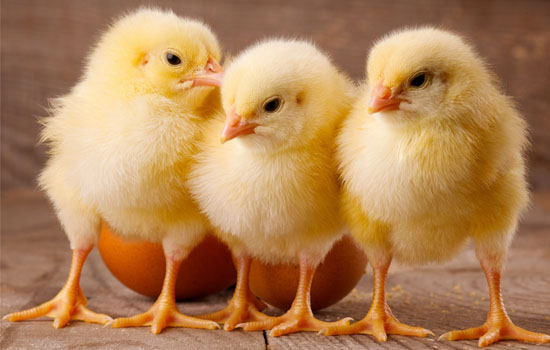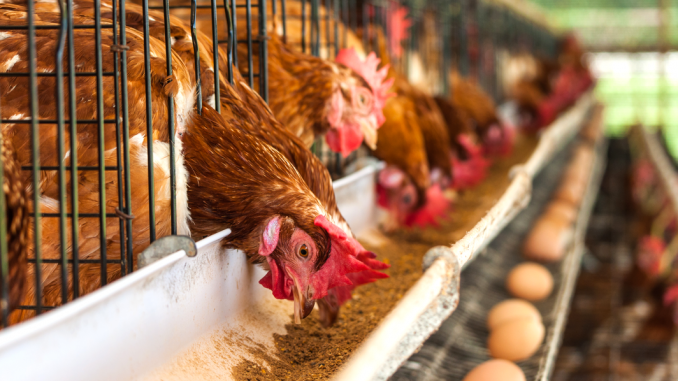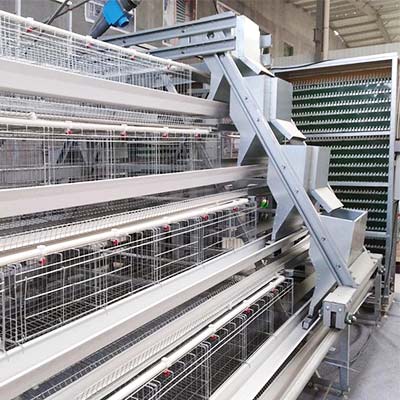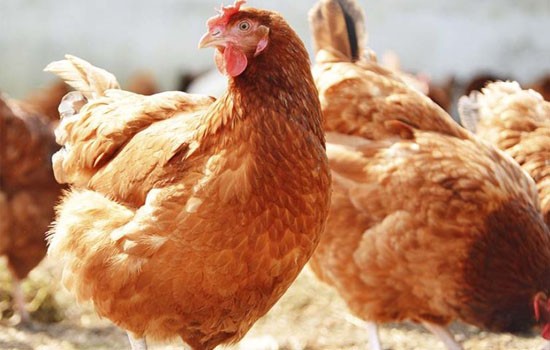The daily routine of a good poultry farm
- Published in Chicken cages
A well-run chicken farm requires regular inspections of the farm's external and internal environment. You must be aware of possible problems and resolve them as soon as possible. What should you check for your chicken farm? Please see below, poultry equipment manufacturers will introduce to you today,
- Are there mice in your chicken farm?
A chicken farm is a pleasant enough place for mice. Many pipes provide place and chicken feed to feed them. There are four ways that rats can cause damage.
bite or kill chicks
Steel Food and Destruction Equipment
The spread of disease
disturb the chicken

- Maintain the internal environment of the chicken farm
You should do two tours on your farm.
- Harmful gases (ammonia and hydrogen sulfide)
- Temperature
- Ventilation
With good ventilation, the chickens are alive. On the contrary, chickens will be depressed, especially in winter, keep ventilation.
- Feces
Be careful, the chicken droppings are wet with blood.
- Humidity
High humidity is good for microorganisms, and low humidity is bad for the chicken respiratory tract.
- Number of dead chickens
Some dead chickens are acceptable. Under normal circumstances, the mortality rate of pullets does not exceed 0.005%, chickens does not exceed 0.01%, and laying hens do not exceed 0.03%. If the number of deaths is high, the dead chickens must be dissected and the cause identified.
- Lighting
Laying hens need supplemental lighting, which should be carried out under the guidance of auditing.
Persons with special skills.
- Feeding system
Battery chicken cages are kept stable, eat less and drink more, chickens may get sick.







